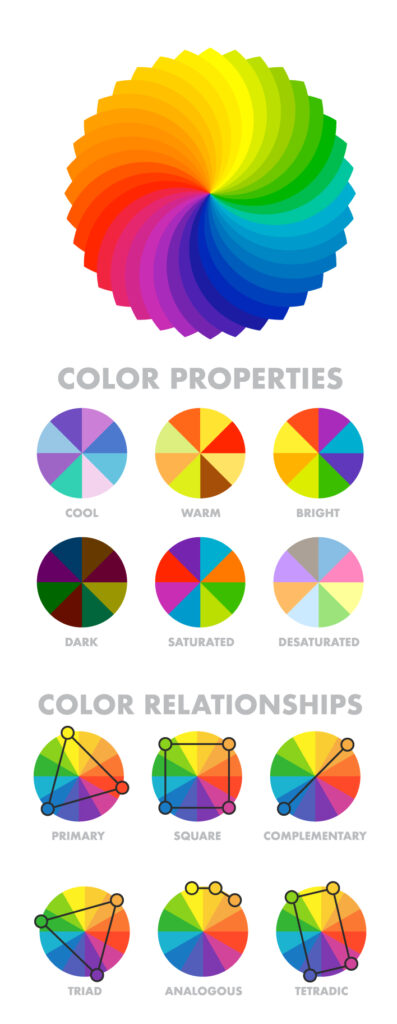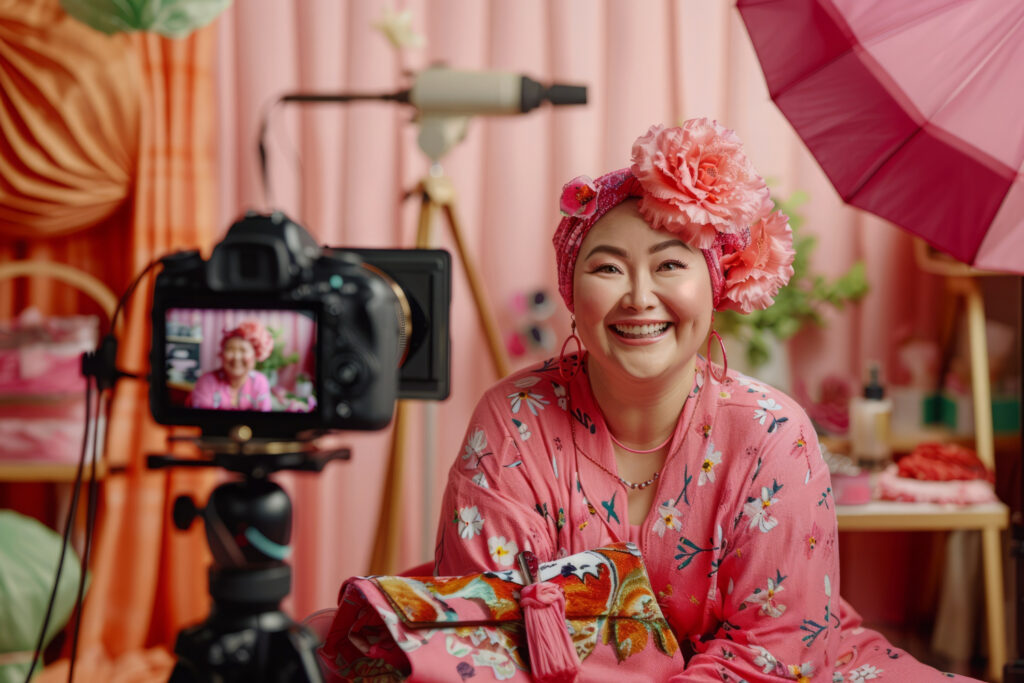In the fast-paced world of social media, grabbing your audience’s attention within seconds is crucial. Whether you’re promoting a new product, sharing a company update, or engaging with your community, crafting the perfect post is an art. Here’s a step-by-step guide to help you create a social media post that not only catches the eye but also encourages interaction.
Understanding who you are talking to is the first step in creating content that resonates. Consider the following:


What do you want to achieve with this post? Common goals include:










Your text should be concise, clear, and compelling. Here are some tips:


A strong visual can make your post stand out. Consider:
Different social media platforms have different best practices. Tailor your post to fit:


When you post can be just as important as what you post. Consider:
Track the performance of your posts to understand what works and what doesn’t. Use analytics tools to measure:
Based on your findings, tweak your strategy to improve future posts.

Creating a captivating social media post involves a blend of creativity, strategy, and analytics. By knowing your audience, defining clear goals, crafting engaging copy, using eye-catching visuals, optimizing for each platform, posting at the right times, and continuously analyzing performance, you can create posts that not only capture attention but also drive meaningful engagement. Start implementing these tips today and watch your social media presence grow!